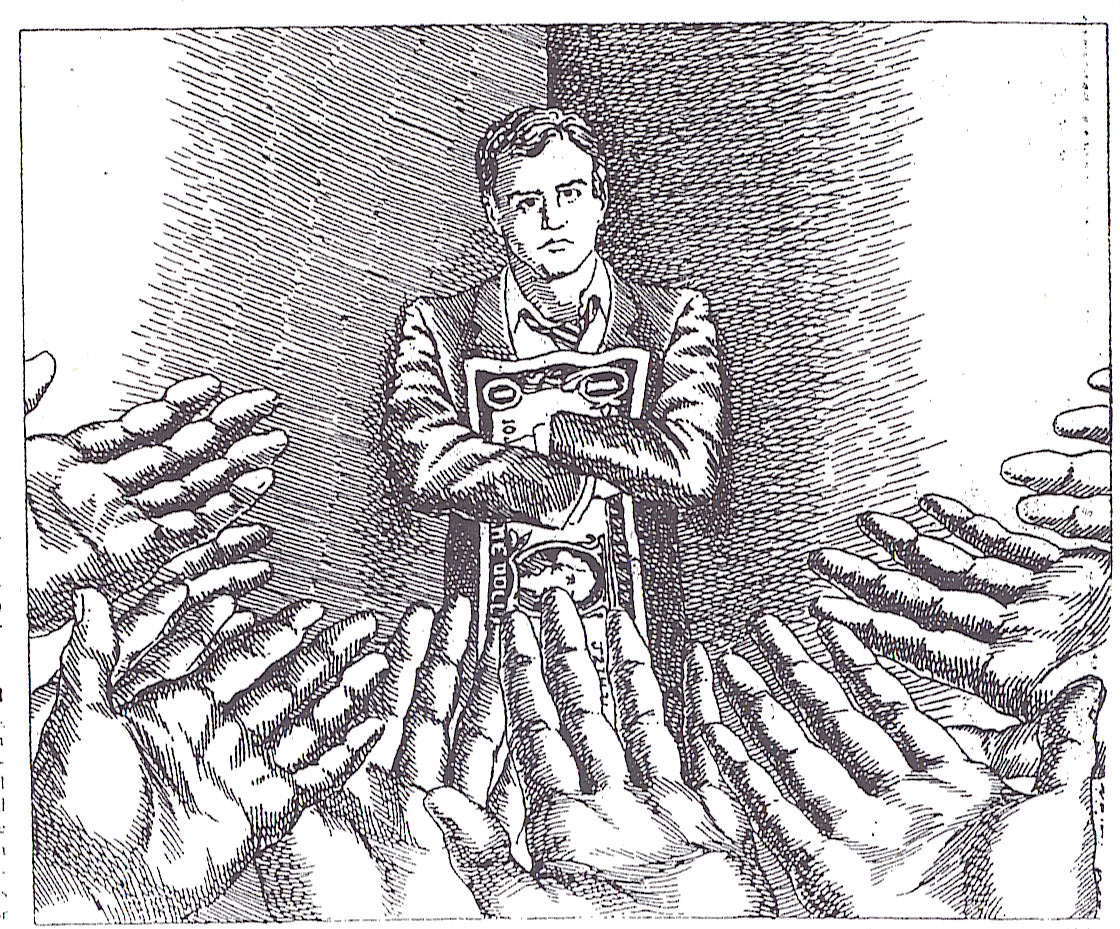PART 2: WHY PROPERTY TAXES CONTINUE TO GROW:
KINDS OF LEVIES AND GOVERNMENT MANIPULATION
Note:The following is part 2 in the original document.
The reader might be wondering why his property tax bill continues to rise despite the reduction factor provided by H.B. 920 and the rollbacks. The most obvious reason for the ever-increasing taxes is that citizens continually vote for new taxes. Some less obvious reasons are addressed below.
Taxes grow because the reduction factor of H.B. 920 does not apply to all levies. For example, according to the Ohio Revised Code (ORC), 319.301, the reduction factor does not apply to taxes “levied within the one per cent limitation imposed by Section 2 of Article XII, Ohio Constitution.†The one percent in the Ohio Constitution refers to the limit at which taxes can be levied on the true value of any property for all state and local purposes unless additional taxes are voted by the electors or are provided by the charter of a municipal corporation. This restriction is called the “one per cent limitation†or “one per cent limit.â€
At this point, an inconsistency in definitions needs to be addressed. Contrary to the Constitution, ORC, 5705.02, defines the “ten-mill limitation†as a limit of ten mills of tax on each dollar of tax valuation, or assessed value (unless more is specifically authorized). That is one per cent. It then states that wherever the term “ten-mill limitation†is used in the Revised Code, it refers to and includes the “one per cent limitation.†However, in Section 5705.51, the terms are defined as being different and more in line with how they are generally used in the Revised Code: the “one per cent limit†pertains to true value of property, and the “ten-mill limit†pertains to tax valuation.
Using the last definition, within the ten-mill limitation, ten mills of tax are levied on each dollar of assessed value of property without a vote of the electorate. These are called “inside†mills. Taxes with inside mills grow as property values grow; that is, the reduction factor does not apply. These ten mills are divided among several of the government subdivisions as specified by ORC, 5705.31(D). Each of those taxing authorities is authorized to divide its share of inside mills into separate levies for current expenses (operation), debt charges, and special levies (ORC, 5705.04).
Levies that are permitted beyond the 10-mill limitation are said to have “outside,†or “voted,†mills (even though some are not voted by the electorate). While most levies with outside mills benefit from the reduction factor of H.B. 920, some grow with property values. For example, according to ORC, 319.301, the reduction does not apply to taxes authorized by the charter of a municipal corporation or taxes levied to produce a specified amount of money (called “fixed-sum leviesâ€), such as school “emergency levies†(explained later), or taxes required to pay debt charges.4
As pertaining to debts of a subdivision, when certain other funds are insufficient for paying the “exempt obligations†and “any other outstanding non-voted general obligations,†a non-voted tax is to be levied “in excess of the ten-mill limit, but within the one per cent limit as to any property†(ORC, 5705.51). (Here the two “limits†are clearly different, and the reader can see – despite fuzzy definitions in the Code – that not all of the one percent of true value loses the reduction all the time, whereas the one percent [ten mills] of assessed value never receives the reduction.)
Government debt can make the rollbacks on real property disappear, too. The 10-percent non-business rollback and the 2.5-percent and elderly, disability, and surviving spousal rollbacks on homesteads are reduced or eliminated altogether when there would be insufficient funds for payment of debt charges (ORC, 319.302[B]; 323.152[D]).
In addition to those ways that make property taxes grow, local government officials and the legislature (prodded by local officials) have devised more methods to increase revenue from real property taxes. Some of these are discussed here.
__________________________________________________________________________
4 As used in ORC, 5727.84 to 5727.86 and 5751.20 to 5751.22, the definition for “fixed-sum levies†includes levies to pay debt charges.
Next: Part 4: “Schooling” the taxpayers


 The Muskingum Watershed Conservancy District (MWCD) is a state government subdivision which is trying to put a $270 million general tax upon the 2.1 million people of all or part of the following Ohio counties: Ashland, Belmont, Carroll, Coshocton, Guernsey, Harrison, Holmes, Knox, Licking, Morgan, Muskingum, Noble, Richland, Stark, Summit, Tuscarawas, Washington and Wayne.
The Muskingum Watershed Conservancy District (MWCD) is a state government subdivision which is trying to put a $270 million general tax upon the 2.1 million people of all or part of the following Ohio counties: Ashland, Belmont, Carroll, Coshocton, Guernsey, Harrison, Holmes, Knox, Licking, Morgan, Muskingum, Noble, Richland, Stark, Summit, Tuscarawas, Washington and Wayne.